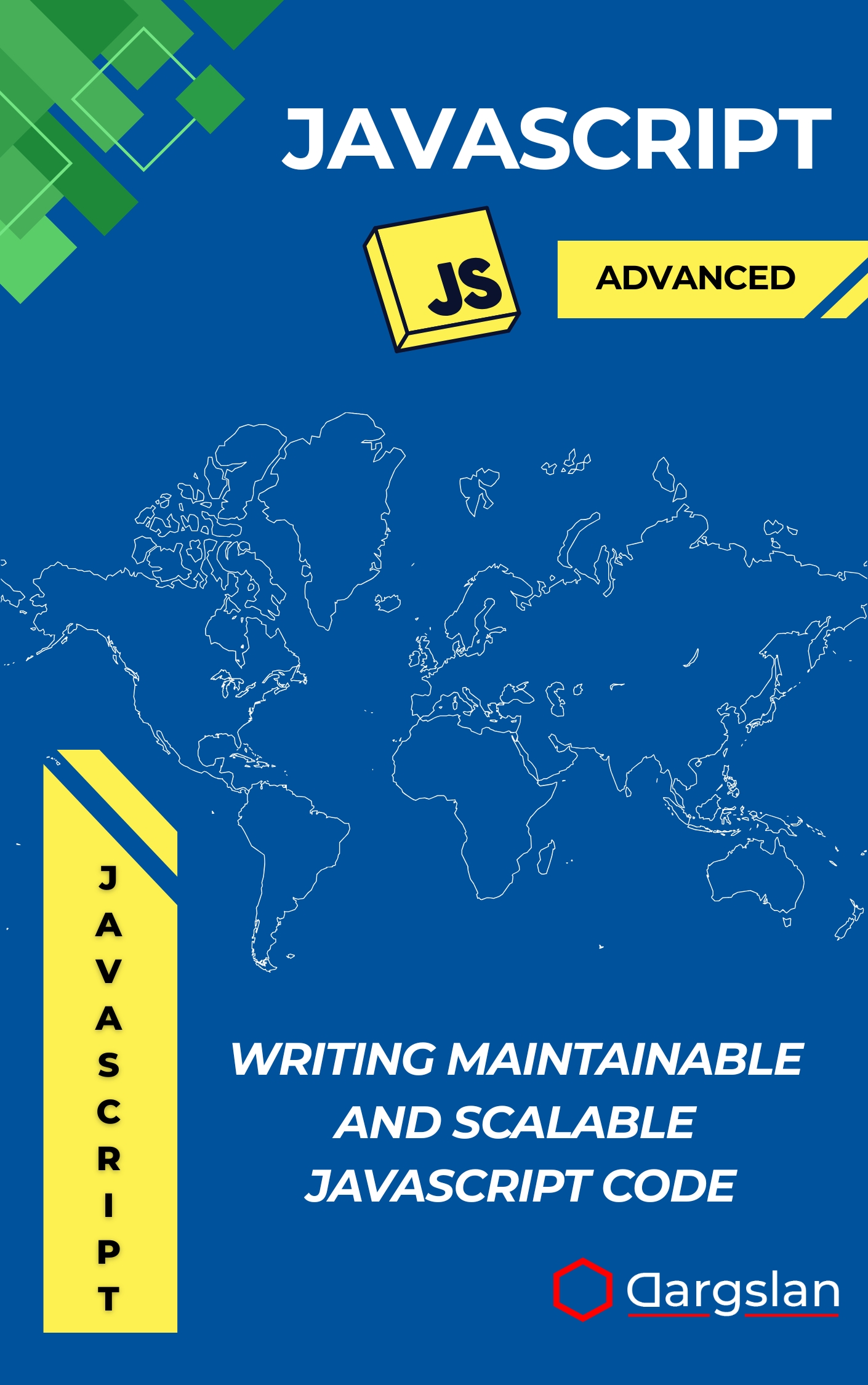Writing Maintainable and Scalable JavaScript Code
Writing Maintainable JavaScript Code,Build clean, modular, and maintainable JavaScript codebases.

When JavaScript projects grow, so do the hidden costs: brittle features, tangled modules, and fixes that spark new bugs. If you’re ready to turn that chaos into clarity, this resource shows you how to build codebases that endure, scale, and stay easy to work with.
From smart architecture to disciplined refactoring and team-friendly workflows, you’ll learn how to deliver features faster with fewer regressions—and keep your future self grateful for the decisions you make today.
Best Practices for Building Clean, Modular, and Future-Proof Applications
Overview
This IT book is a comprehensive programming guide and technical book for developers who want to master Writing Maintainable and Scalable JavaScript Code and apply Best Practices for Building Clean, Modular, and Future-Proof Applications across modern JavaScript in both browser and Node.js environments. It equips you to build reliable features, tame complexity, and evolve systems with confidence as requirements change.
Through pragmatic explanations and examples, it covers JavaScript best practices, code organization and modularity, functional programming concepts, application architecture design, dependency management, asynchronous programming patterns, state management strategies, testing methodologies, documentation practices, code review processes, performance optimization, continuous integration, refactoring techniques, team collaboration workflows, and version control strategies in modern JavaScript.
Who This Book Is For
- Frontend engineers who want to ship features without creating tech debt, learning how to structure components, manage state responsibly, and design modules that are easy to test and reuse.
- Backend and full‑stack developers aiming to improve architectural decisions, with clear takeaways for designing scalable services, decoupling dependencies, and establishing robust testing and CI pipelines.
- Team leads and ambitious developers who want to raise the quality bar—adopt shared standards, streamline code reviews, and build a culture of maintainable, future‑proof JavaScript.
Key Lessons and Takeaways
- Architect for growth with layered, modular designs that separate concerns, untangle dependencies, and make refactoring predictable—so features can evolve without breaking the rest of the codebase.
- Write predictable functions and modules using functional patterns, testable boundaries, and clear contracts, then enforce consistency with ESLint/Prettier, standard naming, and reliable project structure conventions.
- Scale your delivery process with CI, fast feedback testing, performance budgets, and code review checklists that keep quality high while your team moves quickly.
Why You’ll Love This Book
It blends clear explanations with step‑by‑step guidance, making complex topics like state management, asynchronous flows, and dependency design approachable. You’ll see real refactoring walkthroughs, before‑and‑after code samples, and practical patterns you can apply immediately.
Instead of abstract theory, you get repeatable processes: how to break down a feature, choose the right abstraction, measure performance trade‑offs, and collaborate through documentation and review. The result is less churn, fewer regressions, and code that stays readable months later.
How to Get the Most Out of It
- Start with the foundational chapters on modularity, contracts, and testing to align on core principles, then move into architecture patterns, async flows, and performance. Finish with collaboration and CI to lock in team practices.
- Apply concepts incrementally: adopt a consistent project structure, add linting rules, introduce small pure functions, then refactor one feature at a time. Use the checklists to guide code reviews and keep changes safe.
- Build mini-projects: refactor a legacy utility into a pure module; design a feature using a state machine or reducer; add integration tests and a CI workflow; measure and optimize a slow path with targeted profiling.
What You’ll Learn in Depth
Design resilient architectures that keep concerns separate: presentation, state, side effects, and data access. You’ll understand when to use composition over inheritance, and how to isolate risky code behind stable interfaces.
Adopt dependency management strategies that make changes safer. Inversion of control, dependency injection, and clear module boundaries help you test in isolation and replace implementations without ripple effects.
Handle async with confidence using patterns like promises, async/await, queues, and event emitters. Learn when to debounce or throttle, how to avoid race conditions, and how to keep asynchronous code observable and testable.
Choose the right state management strategy for your context. The book compares local component state, reducers, context and selectors, and centralized stores—showing how to prevent leaks, minimize coupling, and keep data flow predictable.
Level up your testing methodologies with unit, integration, and end‑to‑end coverage that provide fast feedback. You’ll build a practical testing pyramid, mock responsibly, and write tests that support refactoring rather than block it.
Improve performance without sacrificing maintainability. Learn to profile bottlenecks, cache smartly, batch updates, and optimize rendering paths while keeping the codebase clean and understandable.
Streamline collaboration through documentation practices and code review processes. From architecture decision records to API docs and checklists, you’ll create artifacts that scale knowledge and reduce miscommunication.
Automate quality gates with continuous integration. Set up linting, type checks, tests, and preview builds to catch issues early and ship confidently with every pull request.
Refactor with intent using proven refactoring techniques. You’ll learn how to create safety nets, make incremental changes, and measure outcomes so your code gets better with every iteration.
Adopt version control strategies that fit your team’s pace. The book covers trunk‑based development, feature branches, and release tagging—with guidance on commit hygiene, code ownership, and clear review workflows.
Proof It Works in the Real World
Each chapter mirrors scenarios you face daily: untangling a file with too many responsibilities, stabilizing an async data flow, or introducing an architecture pattern without a rewrite. You’ll see how small, disciplined changes produce durable gains.
Templates and examples—ESLint and Prettier configs, project structures for SPA and Node.js, and CI pipelines—accelerate adoption so you can raise quality in days, not months.
Get Your Copy
Build a codebase your whole team can move fast in—and trust. Level up your JavaScript skills with patterns, practices, and workflows that stand the test of time.




